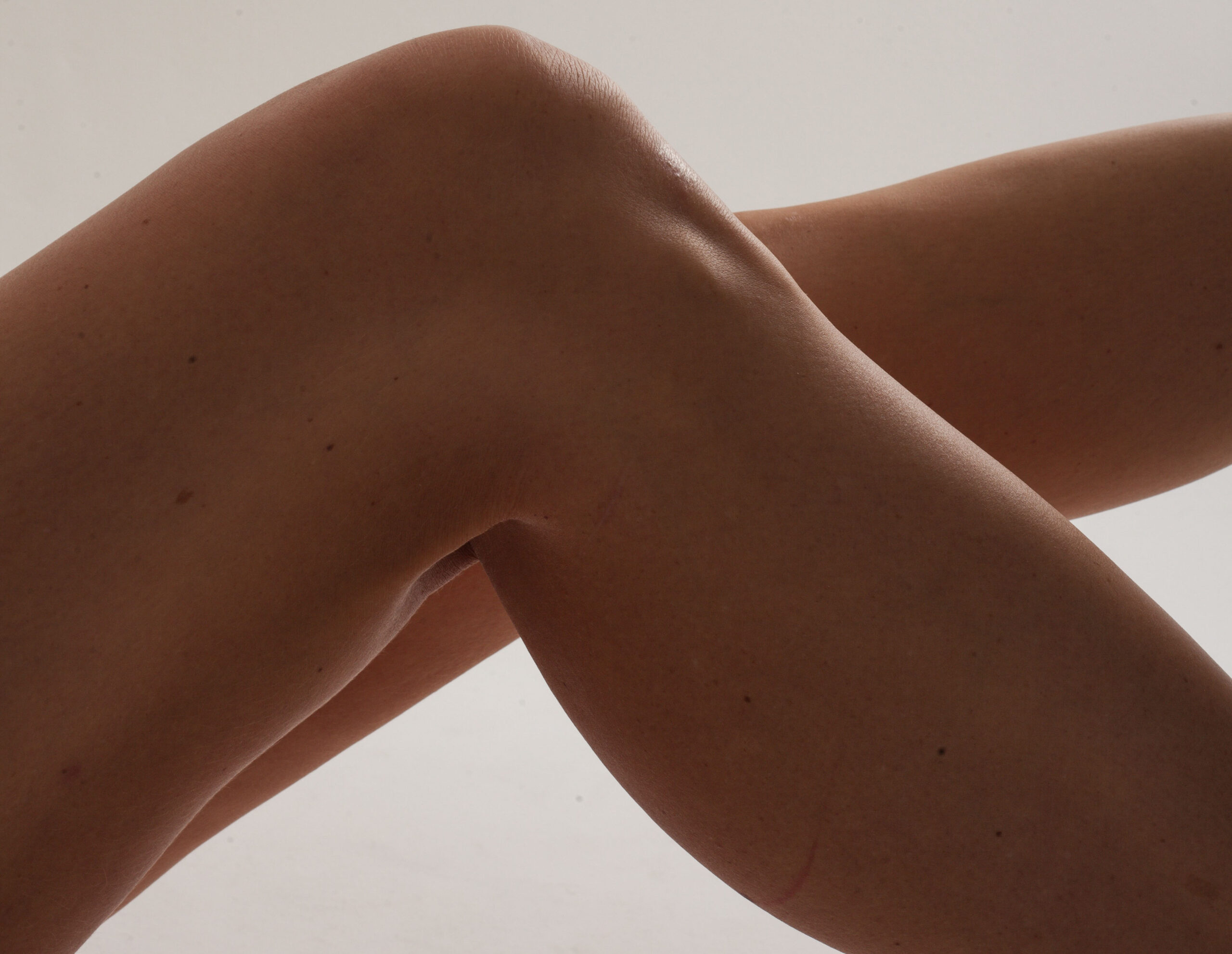Back in 2008, I ran my first ultramarathon, the PHUNT 50k in Elkton, MD, only to wake the next morning to a sharp pain along the outside of my knee, and at the base of my hip joint. The pain made it impossible to run. Following seven weeks of no running, I was able to return to pain-free running. Then, several months later, the pain returned following another ultramarathon, the Vermont 50, which begins and ends at Ascutney Mountain. This time, I needed 8 weeks of no running.
While I was able to return to running, and compete in several races throughout the following season, including the Boston Marathon, my leg never felt fully recovered. I consistently needed extended recovery time after each race and each long training run to let the pain and inflammation in my leg subside. As you may have already guessed, I was suffering from a chronic (and wicked) case of iliotibial band syndrome (ITBS).
After more than 12 months of battling the pain, I knew I had to take a different approach. With only weeks before I was to compete at Ironman Lake Placid, I was barely able to go for a slow jog–and even that was only for 25 minutes or so. I worried that I would have to walk the marathon. When I tried to run off the bike, I was in excruciating pain. A fellow triathlete and runner recommended that I visit a chiropractor who practiced Active Release Technique (ART) and Graston Technique for injuries similar to mine.
My experience is unfortunately all too common as most runners will experience some type of repetitive use and soft tissue injury at some point in their career, and as many as two-thirds of runners are injured within a given year. Sure rest helps, but extended rest periods detract from fitness and lessen gains in speed and endurance. Many of us seek a “magic solution” that will have us back on the roads quickly. While a magic potion has not yet been found, myofascial release techniques such as Active Release Technique (ART) and the Graston Technique are becoming more and more popular to relieve the pain and treat chronic soft tissue injury.
ART and Graston relieve strain in soft tissue by removing the adhesions that build in tissue due to overuse from repetitive motion in sports. ART has become especially popular among endurance athletes, with practitioners attending races and other sporting events to offer on-the-spot treatment directly following competitions.
How do these techniques work?
ART and Graston are particularly popular among chiropractors and physical therapists because of their non-invasive, holistic approach to treating injury. These treatments are best applied to repetitive use injuries, which cause inflammation and irritation. Over time, these types of injuries may produce scar tissue, which decreases performance because of a loss of strength and range of motion. This scar tissue also results in pain. Thus, the intent of the treatments is to break up this scar tissue.
An ART treatment consists of the patient engaging in movement, while the doctor applies pressure to the affected areas using his/her fingers and hands. Graston involves the use of metal instruments to work the muscular structure more deeply. Practitioners report that these instruments allow them to feel the adhesions more effectively than their hands. For an instructive demonstration of how these techniques are applied, watch this video in which a Chiropractor uses both techniques to prepare a runner for an upcoming race:
Rather than concentrating solely on the location of pain, which is typically a symptom of a broader issue, ART and Graston consider the entire soft tissue structure, including muscles, tendons, ligaments, fascia and nerves. Moreover, ART practitioners are trained to assess the body’s kinetic structure so that they can better understand the root cause of soft tissue strain.
In my case, the doctor, Dr. Eric Nelson of Nelson Chiropractic, determined that the root cause of my problem was weak glute muscles that were failing to activate properly to stabilize my running form, which was especially pronounced in long downhill sections, such as those I experienced during both of my ultra-marathons. This caused a build up of scar tissue not only at my knee joint, but also deep within my hip joint. I am happy to report that I am training and racing ITBS-free this season.
Most practitioners strongly recommend that these therapies are applied in conjunction with a strengthening program that is designed for the unique circumstances of the injury. Without such a program, the athlete risks re-injury because dysfunctional patterns of movement will continue without teaching the muscles to perform in a more biomechanically efficient manner. These exercises should be geared toward the particular problem that the athlete is experiencing. For example, consider my case. My diagnosis was ITBS and tendonitis and Dr. Nelson prescribed a series of exercises, including:
- abdominal exercises (various ab crunches)
- side leg extensions (demonstration http://www.youtube.com/watch?v=PSOMzHIPS6s)
- clamshells (demonstration http://www.youtube.com/watch?v=njthA4SVOT8)
- planks (demonstration http://www.youtube.com/watch?v=KKPTt8TJWIs&feature=fvst)
- cross crawl (demonstration http://www.youtube.com/watch?v=vdyv3DnIcuA)
- superman (demonstration http://www.youtube.com/watch?v=XVdYWCC-TR8)
- bridge, both double and single leg (http://www.youtube.com/watch?v=yOPkM2pzznc)
- squats (no weight)
- single leg balance & single leg squats
- lateral squats
These exercises were introduced in segments, and as my treatment progressed, Dr. Nelson offered new exercises and encouraged me to complete increase repetitions of each exercise, maxing out at 30 reps per set, done twice a day. I’ve since added additional exercises to this list, as well as a variety of core exercises, which I do at least 5 times a week. I like to do this as a warm up to my main training session of the day. Works great!
Thanks to my treatments, along with consistency in strengthening my weak areas, I am back to training and racing injury free.
To determine whether ART or Graston is right for you, consult a certified practitioner who is knowledgeable about sports medicine. You can also find out more information about ART at http://www.activerelease.com/, and about Graston at http://www.grastontechnique.com/.

